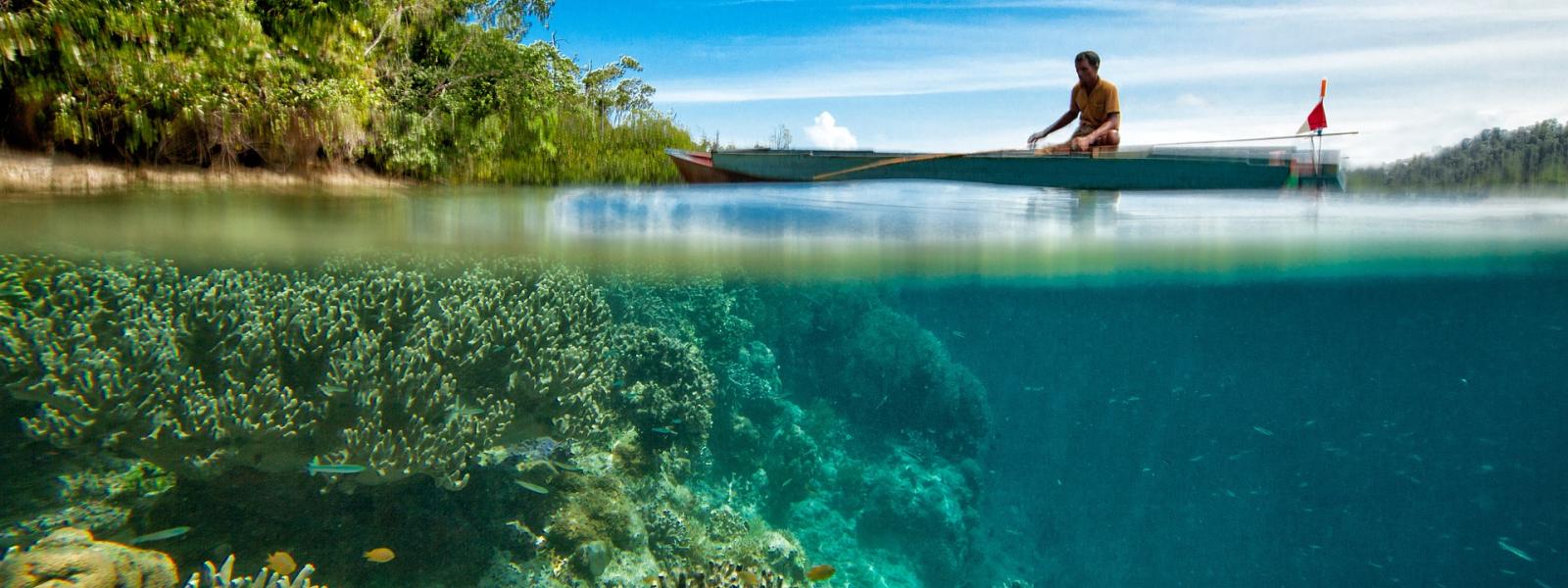
Did you know coral reefs produce medicine?
“How can coral reefs contribute to modern medicine?” I wondered as I spoke to a group of doctors and nurses working on liver disease in Mexico.
My uncle is part of the organization (Amihigo) and has long been interested in my work as a marine attorney with AIDA. When I got back from the meeting, the information I found backed up our discussion and clarified the link between our two worlds: coral reefs are natural, underwater pharmacies.
The plants and animals living in reefs have developed chemical compounds to protect themselves against predators, fight diseases, and prevent the excessive growth of competing organisms.
Corals have been recognized as an important source of new drugs to treat cancer, arthritis, Alzheimer’s, bacterial infections, viruses and heart disease, among other serious illnesses, according to the US-based National Ocean Service.
The pharmaceutical industry has found corals provide value in the development of new products. Certain corals, for example, stimulate the welding of broken bones. Components of a Caribbean sponge allow for the creation of Zidovudina, a medicine used to treat HIV.
Despite these discoveries, the medical use of coral reefs is considered underdeveloped.
As an environmental attorney, what I take away from this realization is that if coral reefs are not effectively preserved, their great potential for modern medicine will never be fully realized.
It’s a real threat. Studies estimate that 30 percent of the world’s reefs are already seriously damaged, and that 60 percent could disappear by 2030 due to water pollution, destructive fishing methods, overfishing, and other unsustainable human activities. Compounding these is the growing threat of climate change.
Several Latin American nations are blessed with large areas of coral reefs that provide environmental and social benefits. But many don’t do enough to protect that wealth.
Mexico’s coastline extends for more than 11 thousand kilometers, featuring 5,100 square kilometers of islands, reefs and cays. Its coral reefs span six major regions: the Gulf of California and the Western Mexican Pacific Coast, the Revillagigedo Archipelago, the Marias Islands, the South Pacific Coast, the Gulf of Mexico Reef Corridor and the Campeche Bank, and the Mexican Caribbean.
The loss and degradation of these rich reef systems is a growing problem across the country. Unsustainable and poorly planned urban and coastal development is causing sedimentation and pollution, resulting in the growth of microalgae that rob light and oxygen, effectively suffocating the corals.
In the Veracruz Reef System, the largest in the Gulf of Mexico, the expansion of the Port of Veracruz is doing just that.
To protect reefs, it’s imperative that governments act with caution when approving land use in urban development plans to avoid damaging coastal wetlands (lagoons, bays, mangroves, coastal dunes and sea grasses, among others), and that they adopt adequate measures for wastewater treatment.
The protection and restoration of coral reefs and coastal wetlands should be prioritized over economic interests and short-term economic benefits. Effective reef conservation can also be supported by good regulation practices. Measures to protect key species such as the parrotfish from overfishing, for example, would go a long was to preserving the health of coral reefs.
And we now know that the health of those reefs is directly tied to our own.
It’s important the health industry—from doctors and patients to scientists and pharmacists—join the call to conserve our coral reefs, natural medicine banks that can help guarantee our rights to a dignified life and a healthy environment.
Daniel Camilo Thompson Poo

Camilo Thompson is a Mexican attorney with the Marine Biodiversity and Coastal Protection Program. He works with AIDA from Chiapas, Mexico. He has a Masters of Science in Human Dimensions of Natural Resources from Colorado State University and a Professional Master's Degree in Leadership for Conservation through Learning from the Colegio de la Frontera Sur. He has studied international environmental law at the United Nations Institute for Training and Research and has taken various international seminars with the US Forest Service and the Conservation Leadership Program. He has worked as a consultant for Mexican and international NGOs, primarily related to the integral management of hydrological basins, public policy initiatives on climate change, and sustainable forest management.
